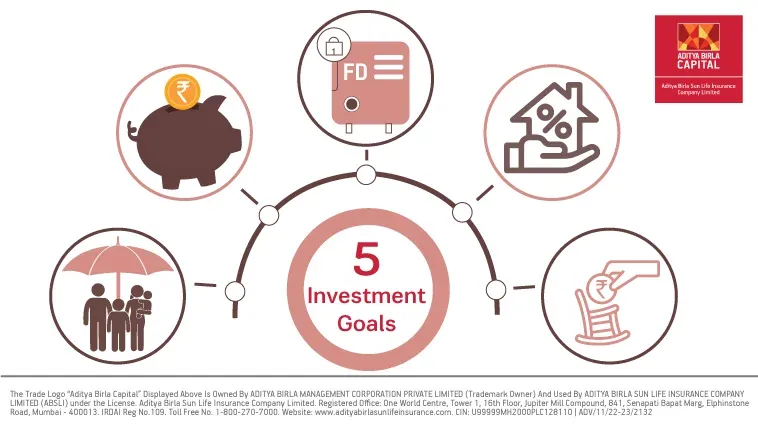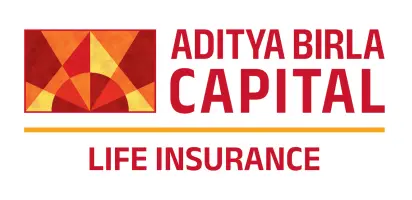Why do you earn?
Ask yourself this question, and a list of financial goals and responsibilities will come to mind. Planning for your child’s higher education or marriage, planning for retirement, buying a house or car, and the list goes on.
To meet this list, you need to save and create a corpus. Corpus creation is aided by investing. As you invest in different types of financial instruments, you can earn returns on your savings and grow them into the desired corpus.
Investment, however, is an art. If you invest wisely, you can attract the maximum possible returns and meet your investment goal. So, here are five steps for smart investing to reach your financial goals -
Identify your goals and prioritise them:
The first step before you start investing is to identify your financial goals. After all, you should know your destination before you start your journey! So, first, identify all your financial goals, i.e., the goals for which you would need funds. List down everything that comes to mind. Then, prioritise them, i.e., list them in order of fulfilment. Short-term goals should come first, followed by medium-term ones and then long-term goals should be at the end.
Prioritising your goals help you to find out your investment horizon and then match investments to the horizon. For instance, for short-term goals, you need to invest in short-term avenues like liquid funds, savings accounts, fixed deposits, etc., while for long-term investments, you can invest in long-term avenues like PPF, NPS, life insurance plans, etc.
Make a budget and identify your disposable income:
Once you make a list of your goals, you need to figure out the savings that you can make every month towards the identified goals. To do that, make a budget. List down all your expenses on one side and income on the other. Deduct your expenses from your income to find out how much you can save. You can then utilise your savings and direct them towards suitable investment avenues for creating the desired corpus.
Create an emergency corpus:
Before you start investing in different avenues, the creation of an emergency corpus is essential. Emergencies can strike anytime, and if you don’t have sufficient financial savings at your disposal, you might have to draw upon your goal-oriented investments or avail of a loan. Both of these possibilities are unfavourable because the first depletes your savings while the other incur additional interest expenses.
To avoid these possibilities, plan ahead. Create an emergency corpus and keep it intact for emergencies. Insurance plans prove to be the right fit when planning for emergencies. Life insurance policies protect against the financial implications of premature deaths, while health insurance plans cover medical contingencies.
So, invest in life insurance and a health insurance plan with adequate coverage. This would secure your finances in unforeseen eventualities so that if life hits a road bump, your investments will not go on a detour.
Diversify your portfolio:
Now it is time to start investing. When you do so, you will find a variety of investment avenues available for your goals. Which ones should you choose?
To figure that out, assess your investment horizon, savings and, most importantly, risk appetite. Once you know these factors, you can pick the right investment avenues. For instance –
- If you have a short-term investment strategy and you don’t want to face volatility risks, you can invest in liquid funds or a savings account. Even fixed deposits with a limited tenure can help.
- If you want high returns and do not mind the associated volatility risks, equity will be the right fit.
Even in different asset classes, there are multiple types of investment avenues available. For instance, debt securities include fixed deposits, recurring deposits, debt funds, bonds, etc. Similarly, equity includes equity mutual funds, stocks, equity derivatives, etc.
So, it is better to diversify your portfolio by picking different types of investments. This will help you avail of the potential returns of multiple assets while the investment risks will be diversified and, hence, mitigated. As wise men say, don’t put all your eggs in one basket! So, opt for different investment avenues for a diversified portfolio.
Plan your taxes in advance:
Lastly, tax planning is essential if you want to save taxes and enhance the net returns from investments. Moreover, tax planning should be done in advance, when the financial year begins, not towards the end. This would ensure that you have ample time to assess and pick tax-saving investment avenues and build up a tax-efficient portfolio.
So, look out for tax-saving instruments like PPF, life insurance plans, National Pension System, 5-year fixed deposits, equity-linked savings schemes, etc. Understand the tax implication of investments and returns and then choose the avenues that can help you save the maximum possible tax outgo.
The bottom line
Though many people invest, they might not be doing it smartly. Follow these tips and make your investments smart so that your financial goals can be achieved without any financial hiccups.










